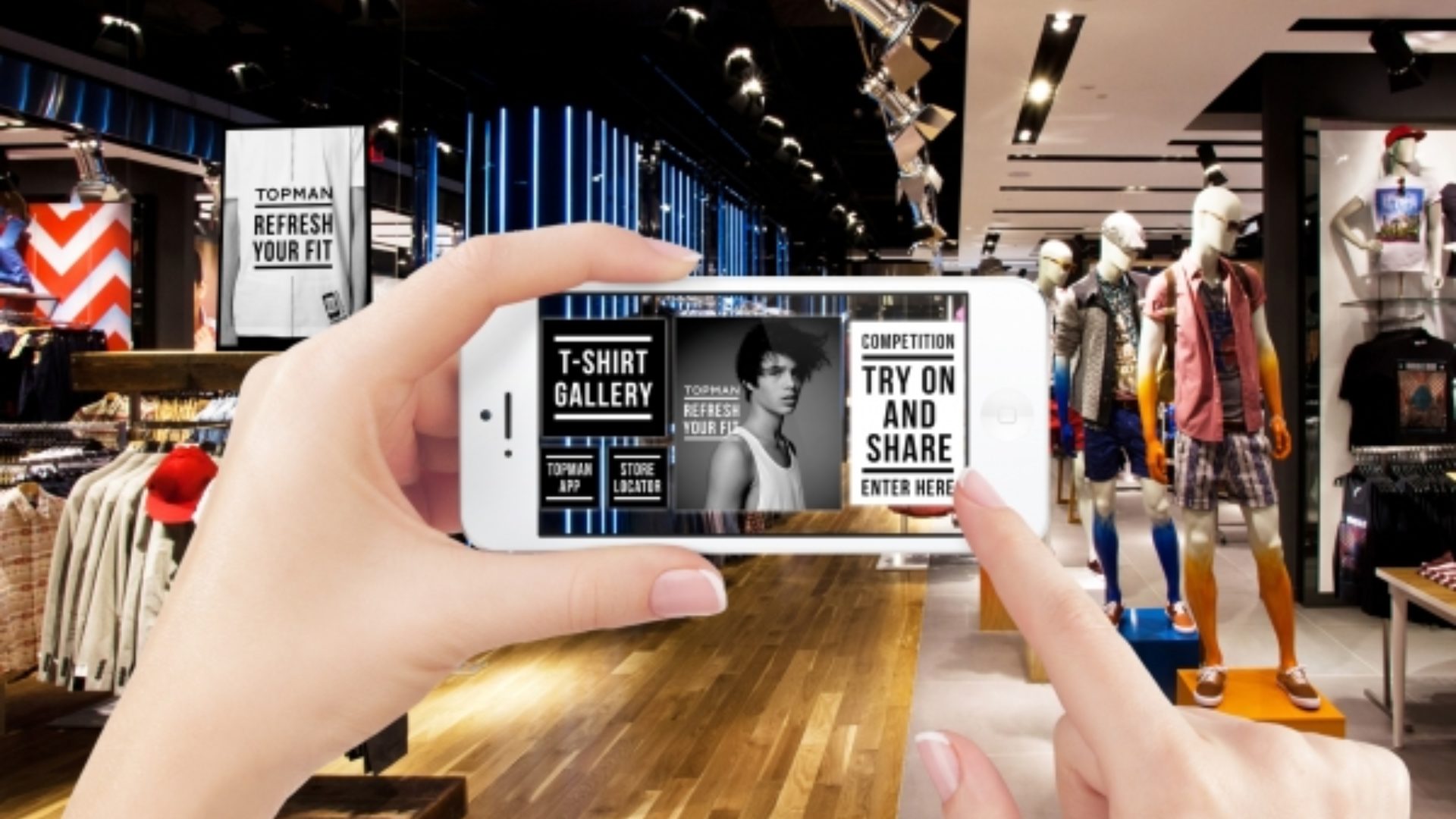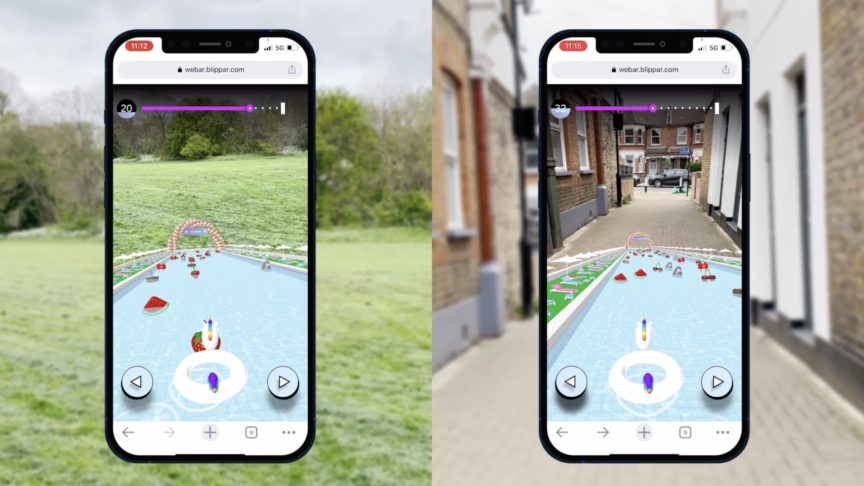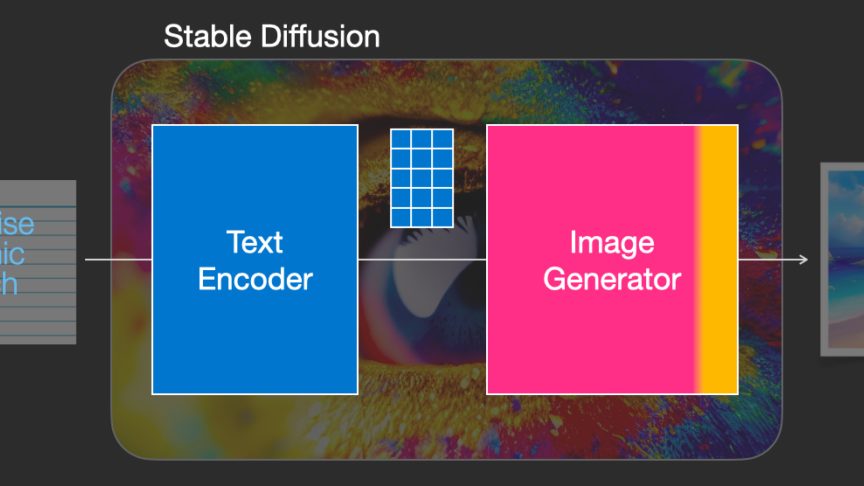Brands must learn from customer behaviour, not demographic guesswork
June 23, 2015
Brands must learn from customer behaviour, not demographic guesswork

Brands are shifting their attention from consumer demographics to behavioural data. Sam Whitehead, from Blippar’s Data and Corporate Strategy Group, explains why.
Steadily, over the past decade, the measurability of digital media has revolutionised the advertising industry, as brands are no longer forced to make multi-million dollar decisions based on focus groups and engagement estimates. Brands are able to track digital engagement data in real-time and they have invested heavily in mapping this data across their different customer segments.
But at Blippar we take things a step further, providing customer engagement data off real-world objects. When you scan products using Blippar on your smartphone (this is ‘blipping’), you unlock a range of digital experiences, from augmented reality games, to videos and recipes. Now, rather than guessing how demographic groups view their products, brands can measure precisely how customers behave with their products in real life. This provides invaluable insight into retaining existing customers, and enables the targeting of new ones as well.

‘Customer segmentation’ has been standard practice for many decades. Brands would review consumer demographics, split them into groups, then focus their above-the-line media spend on their largest segment. But demographic characteristics were only ever a proxy for what brands really want to know about their customers; now brands can skip this step and directly access their users’ actual behaviours.
Companies must use this data to understand their unique behavioural segments; different customers can then be served the most appropriate digital content, in real-time, which appeals to them rather than just their demographic stereotype.
It is taking advertisers time to adjust to this new paradigm, but below we illustrate a number of brands already understanding the benefits of customer behaviours, looking at how, when, where and why customers engage with their products in the real-world:
How?
Our recent UK campaign with Pepsi brought cans featuring the images of six different footballers to life on mobile. We tracked the exact volume of engagement generated by each player’s can, providing Pepsi with rich data and huge potential for informing future marketing strategies and sponsorship negotiations. Attempting this using focus groups would produce less accurate results at a greater expense. Integrating Blippar, the sample size was over two million and the experiment took place in a real-world environment.

Blippar's Pepsi football campaign featuring six famous players
When?
We ran a winter campaign with a major UK retailer, making holiday gift cards blippable. Christmas Day saw a 21x spike in blipp interactions, enabling the retailer to attribute the correct proportion of gift card sales over that period to Christmas present spend.

Blippar is used by retailers to enhance the shopping experience
Where?
A US sports bar franchise used blippable materials in all venues to boost post-purchase engagement and offer additional information on televised sporting events. Bar employees were incentivised to teach customers how to blipp, while management could track which bars generated most engagement, rewarding bar staff accordingly.

Restaurants and bars use Blippar to increase consumer engagemente in the moment
Why?
John Green’s novel The Fault in our Stars has been blipped over 560,000 times in Spain, generating 10,000 hours of engagement to date. The huge range of regularly refreshed digital content - from a movie trailer and interactive selfies, to an image gallery and buy-now merchandise options - generates dwell times over a minute, while readers blipp the book 4.7 times each, on average. Readers are informed of new content on social media, then use the book as a real-world portal to discover more about Green’s latest books and movies.

The blipp of John Green's novel The Fault in our Stars
What’s next?
Blippar is a behavioural platform: we create immersive brand experiences for clients, which simultaneously provide unique customer insights. Crucially, these insights are based on genuine, real-world engagement with products, not just broad demographic attributes.
It’s a hugely exciting time for us as we continue expanding globally and scaling our client offerings. We’re investing heavily in our Data team around the world, with both commercial and technical roles available. If what we do sounds like something you’d like to help us with, visit our careers page and get in touch.

Sam Whitehead, from Blippar’s Data and Corporate Strategy Group


